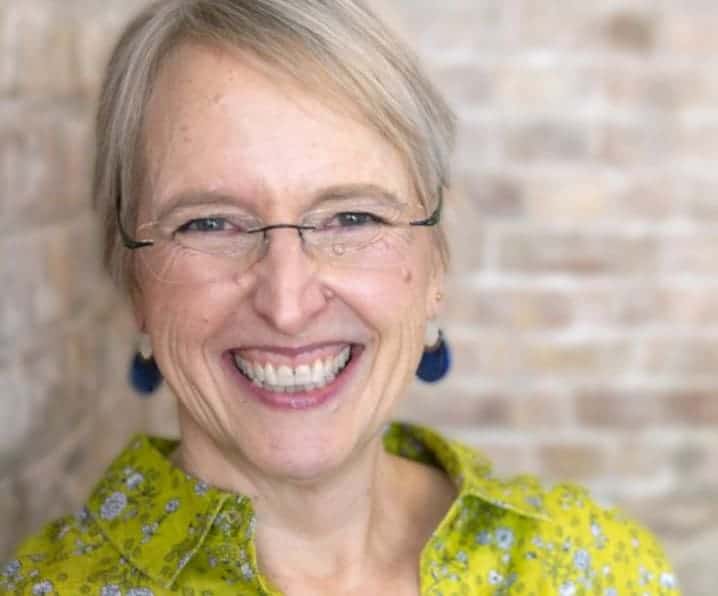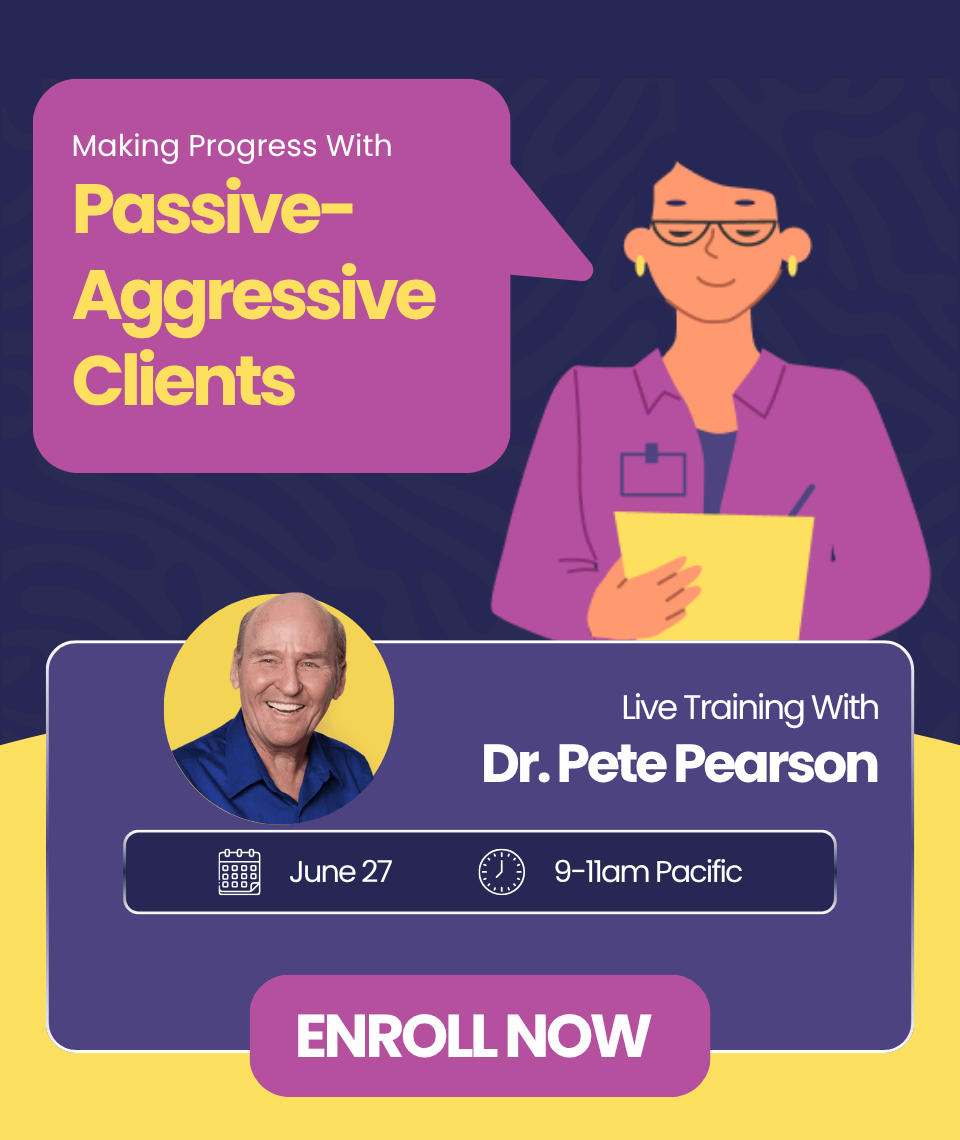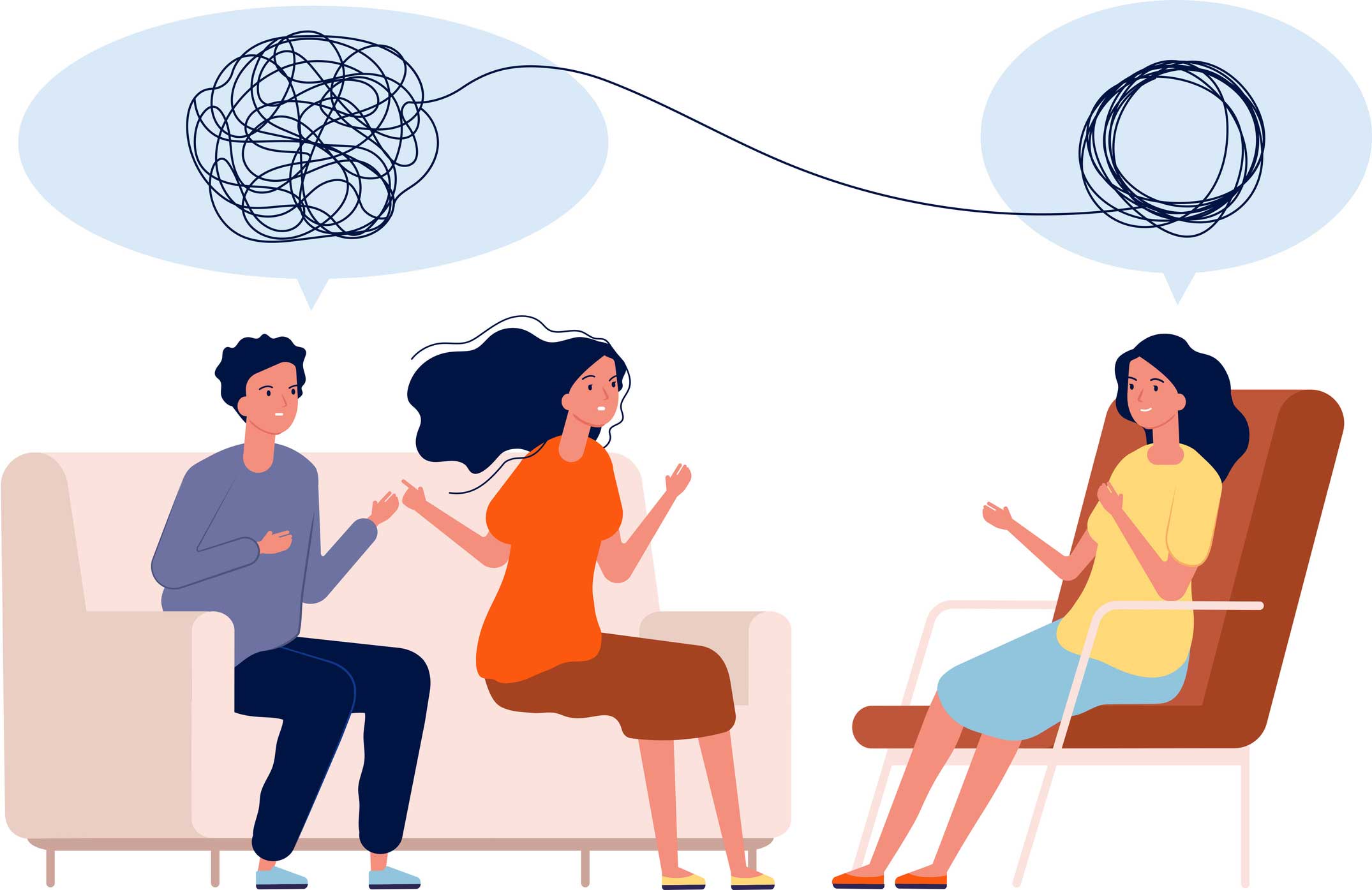By Martha Kauppi, LMFT and AASECT-certified sex therapist
Picture this: I’m a therapist newly in private practice, with a schedule filled with tough relational therapy cases, and not nearly enough tools to work with them effectively. On the plus side, I did have a lot of life experience, considerable professional expertise in sex and sexuality and diverse family systems like polyamory, and a busy practice. But it seemed to me that I was getting an unusually high share of high-conflict couples, and I had next to no idea how to handle them
I recall one couple I worked with in particular. They were in a polyamorous relationship, and each had one other partner. They were aligned on their desire for an open relationship, but they were really struggling in their own marriage. Frequent fighting, deep disagreements about parenting challenges, and a rapidly waning sex life challenged their connection with one another
Of course, this made their open relationship especially challenging, with a lot of complicated feelings and reactions coming up. As their stress level escalated, so did their reactivity. They loved one another and wanted to make it work, but neither was happy. Both had many very valid complaints about their spouse, and they fought in session more often than not. I tried to stay afloat, make some sense of what was going on, lead effectively, and help them in some manner. But honestly, I felt like I was drowning
One day, I stumbled upon a one-hour workshop about the Developmental Model. In it, Ellyn and Pete were discussing their first session strategy, including some predictable mis-steps therapists often make. No surprise—I had made all the mistakes they were discussing! I was riveted by the concept that I was contributing to or actually creating some of the distress my clients experienced by asking the wrong questions. I took pages of notes and listened to the brief talk four times. I put it into practice the very next day, with fabulous results
While this success was remarkable, it alone was not enough to convince me to adopt the model. Let me explain
I didn’t just need help working with cisgender heteronormative couples (although I needed that too). I needed strategies for conceptualizing complicated relational challenges involving sex and diverse sexual practices, as well as non-dyadic relationships, LGBTQIA+ populations, and clients who practice BDSM/kink. I needed to approach a very broad range of challenges without pathologizing my already marginalized clients, their sexual practices, or their relationships. And I needed it all fast, because my clients were very distressed and I was drowning
When you work with marginalized sexual populations in therapy, you hear a lot of discouragement. Many leaders in the couples therapy realm have publicly voiced the opinion that polyamory can’t work, and will never last. Many have said specifically that securely attached relationships can’t ever involve more than two parties. What was I to make of that, given that a hefty portion of my client population were strongly committed to polyamory, swinging, or some other version of consensual non-monogamy? To make matters worse, some leaders in the field have also lagged behind in the inclusion of gender diversity (not even to mention kink!) in their thinking and teaching. Suffice it to say, those thought leaders weren’t the ones I needed help from in my practice
That’s why, when I discovered the Developmental Model, the first thing I did was a bit of online research to see if I could suss out whether the model supported a positive view of sexuality, diverse sexual practices, diverse relationships, and diverse family structures. To my relief, I wasn’t able to locate any egregious public statements, or any reason to think the model would NOT work for my practice, so I decided to dive in
As it turned out, the Developmental Model was a complete revelation for me. Suddenly, I felt like I actually understood the underlying dynamics of my polyamorous clients’ relationships. Plus, I could see there were specific skills I could build that would help me do a much better job with high-conflict couples, as well as extremely conflict-avoidant ones. I could then easily fit sex therapy interventions and psychoeducation into my newly-evolving understanding of the Developmental Model framework
The magic intervention that helped so much with my challenging couple was deceptively simple. But still, it was such a mind-shift for me that I had to write it down verbatim, rehearse it, and review my notes immediately before the session. The next morning, rather than asking my clients what they wanted to focus on today, how the week had gone, what brought them in, or how I could help, I asked them each what they thought their partner’s main complaints about them were, if they thought there was any truth to those complaints, and what difference it would make to them if they shifted something about how they were showing up in their relationship
We got specific about what each of them wanted to shift, and from there it was a short step to focusing our sessions on how each partner could move towards what they wanted, rather than using all their energy fighting and complaining. I found myself able to do therapy, helping them with the blocks that arose as they focused on themselves, and staying grounded through tough conversations. That one simple intervention created a massive shift in this particular case. I applied it to all of my high-conflict cases, and experienced a huge shift in my job satisfaction
Today, I’ve come a long way from my initial challenges. Far from struggling in the therapy room, I now train therapists all over the world to work effectively with sex and relational issues. In fact, my book about working with clinical challenges involving polyamory came out earlier this year! And with everything I teach – whether I’m talking about polyamory, sex issues, or relational challenges – I always accompany my lessons with a hearty helping of training in the techniques of the Developmental Model. That’s how indispensable it is to my work – I couldn’t get through a single clinical day’s work without it, and so naturally, it is also embedded in my teaching
Over the years, as I have learned from and worked closely with Ellyn and Pete, I also have seen them on many occasions take a courageous stand for social justice, inclusivity, and the importance of valuing, honoring, and respecting diversity. This makes me deeply proud to use this model. I’m not adapting a barely-adequate fit, I’m working with a model that values and honors differences between people, practices what it preaches, and whose founders are willing to say so publicly
Here are some specific aspects of the Developmental Model that I find are the perfect fit for working with sex issues and polyamorous clients:
- The ultimate aim of the Developmental Model is to bring partners to a level of relational development in which they can be their own unique, individual selves while staying deeply connected. As it happens, that’s exactly what successful polyamory looks like. It is also necessary to resolving deep differences in any area, including sex
- The Developmental Model teaches the skills needed in order to give and withdraw consent in a meaningful way. When I talk about consent, I don’t just mean “no means no.” I’m talking about the deep skills needed in order to honestly express feelings, preferences, and beliefs to a partner, and in order to receive the same honesty back, without freaking out or shutting down. Consent is the cornerstone of healthy sex and workable polyamory, and the Developmental Model has the best set of tools I’ve ever encountered for teaching partners how to have the tough conversations necessary for real and ever-evolving consent
- The Developmental Model knits together insights from attachment theory, an understanding of differentiation, and recent developments in neuroscience. That provides a great big toolkit to draw on, which can be a lifesaver when dealing with a complicated case with lots of moving parts. Working with polyamory tends to be complex (in fact, that’s part of what I love about it). The same is true of sex issues; there tends to be a lot of complicated content. Understanding how all the underlying factors in a case intersect means I’m never at a loss for a skillful intervention, no matter how intricate the relationship system may be
- The Developmental Model succeeds where other models fail with highly conflictual relationship dynamics, as well as very shut-down conflict-avoidant ones. The Developmental Model provides interventions specifically designed for both of these categories of extra-tough clients, rather than having a one-size-fits-all approach
So, as you can see, the Developmental Model is the perfect fit for me and my practice. I use material from other leaders in the field too, but I can’t shake my distrust of those who have publicly indicted polyamory, when I’ve seen (and helped!) so many truly functional, secure, and beautiful open relationships flourish. It is the Developmental Model that has helped me work with the toughest cases. When I’ve seen clients who want to transition from infidelity to polyamory, or who disagree about whether their relationship should be open or not, or who are struggling with any other intense challenge, the Developmental Model has had my back. For a deep dive into the specific nuts and bolts of applying the model to my work with polyamory, check out my book Polyamory: A Clinical Toolkit for Therapists (and Their Clients)
Take Action Now
The Developmental Model is also the perfect fit for working with sex issues. If you want to see exactly how Martha applies the insights of the Developmental Model in those cases, we’ve got just the thing for you. She will be presenting a workshop called Great Sex for Life: Introducing an Improvisational Sexual Style on November 19 at 1pm Pacific. You’ll learn:
- What “sexual differentiation” is and why your clients need it
- A key intervention that supports a healthy, active sex life over the lifespan
- How to apply the Developmental Model to both of the above, in just about every sex-related case
Martha will walk you through exactly how she applies differentiation-based interventions in her therapy room, so you can turn around and use them in yours. Martha promises, “Trust me, your clients will thank you!”
Click here for more information or to register



 We respect your privacy.
We respect your privacy.



